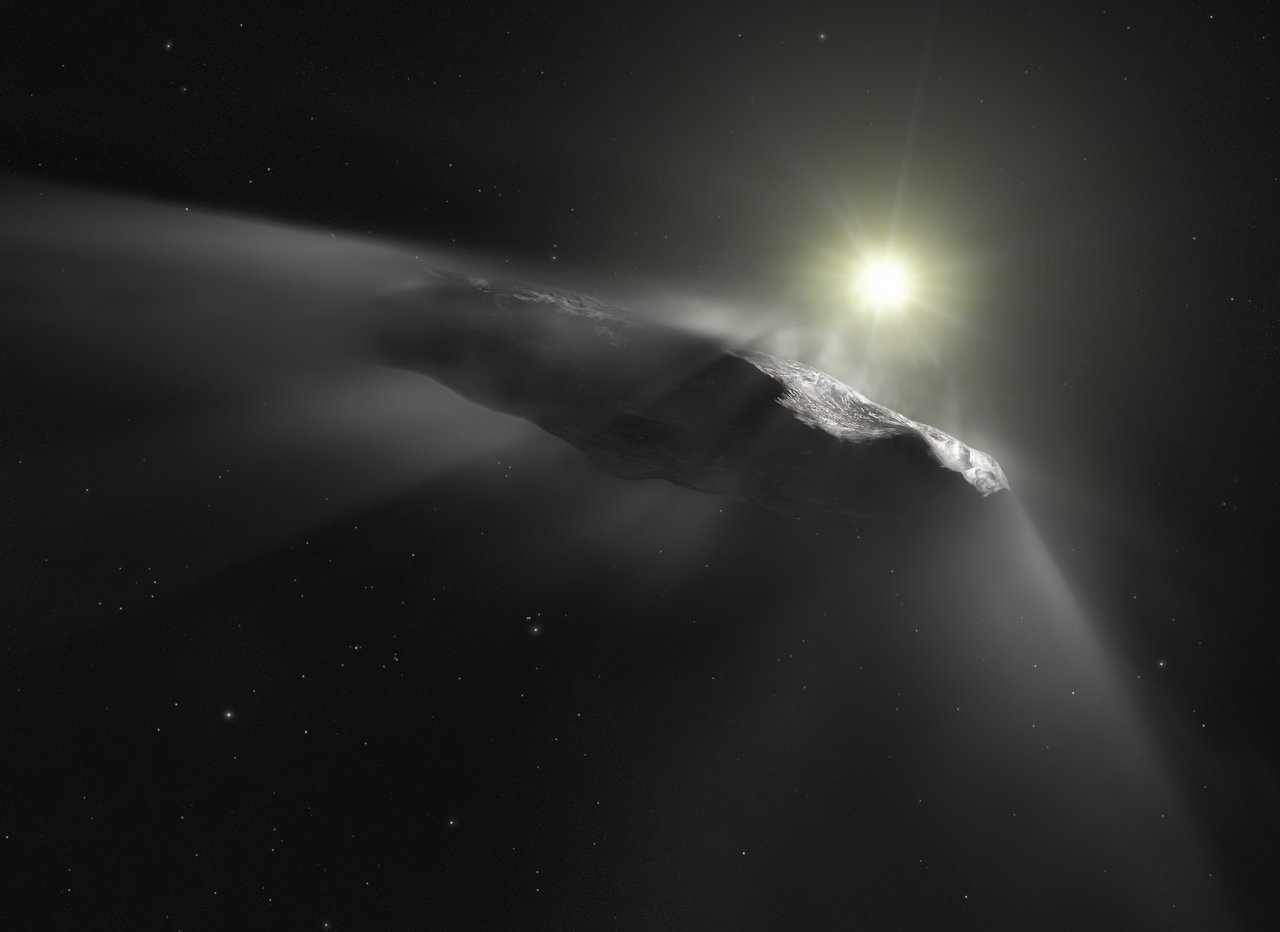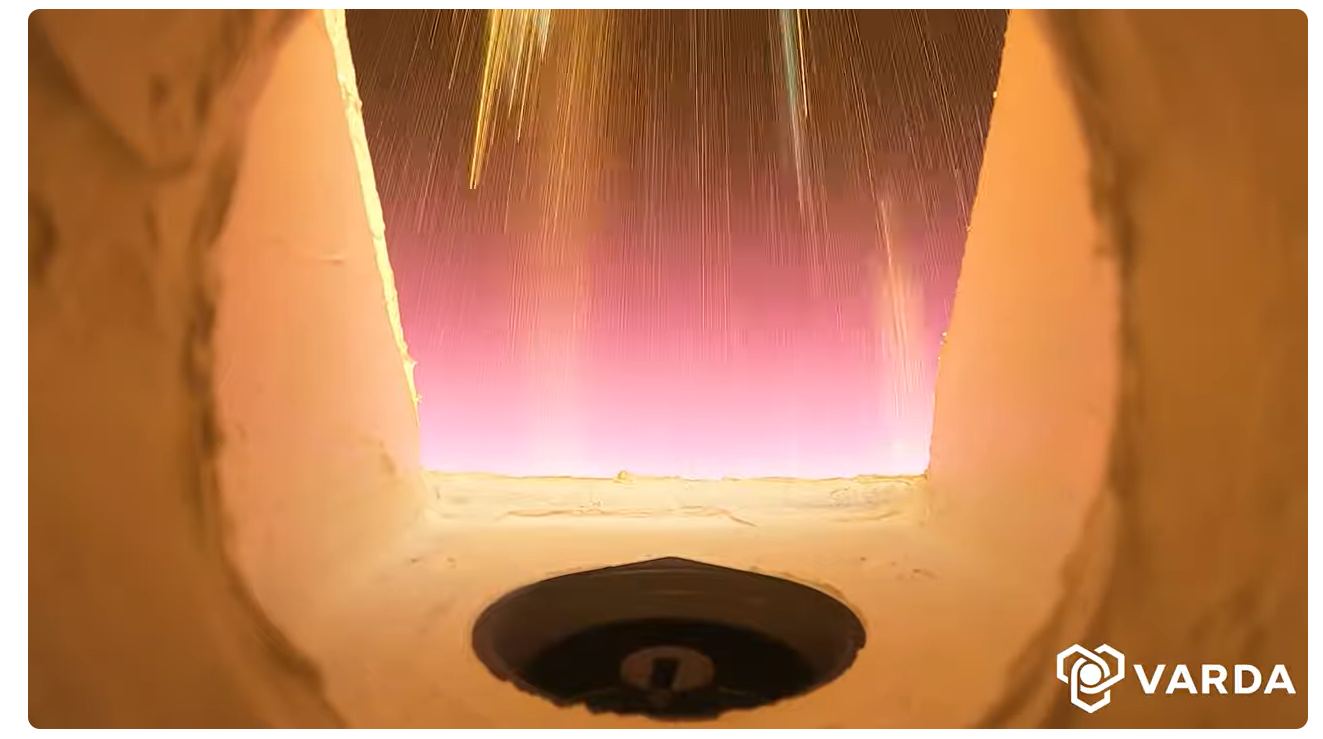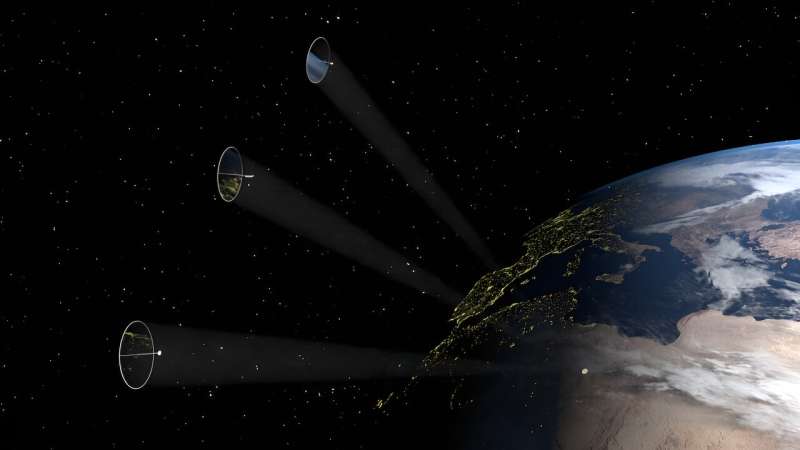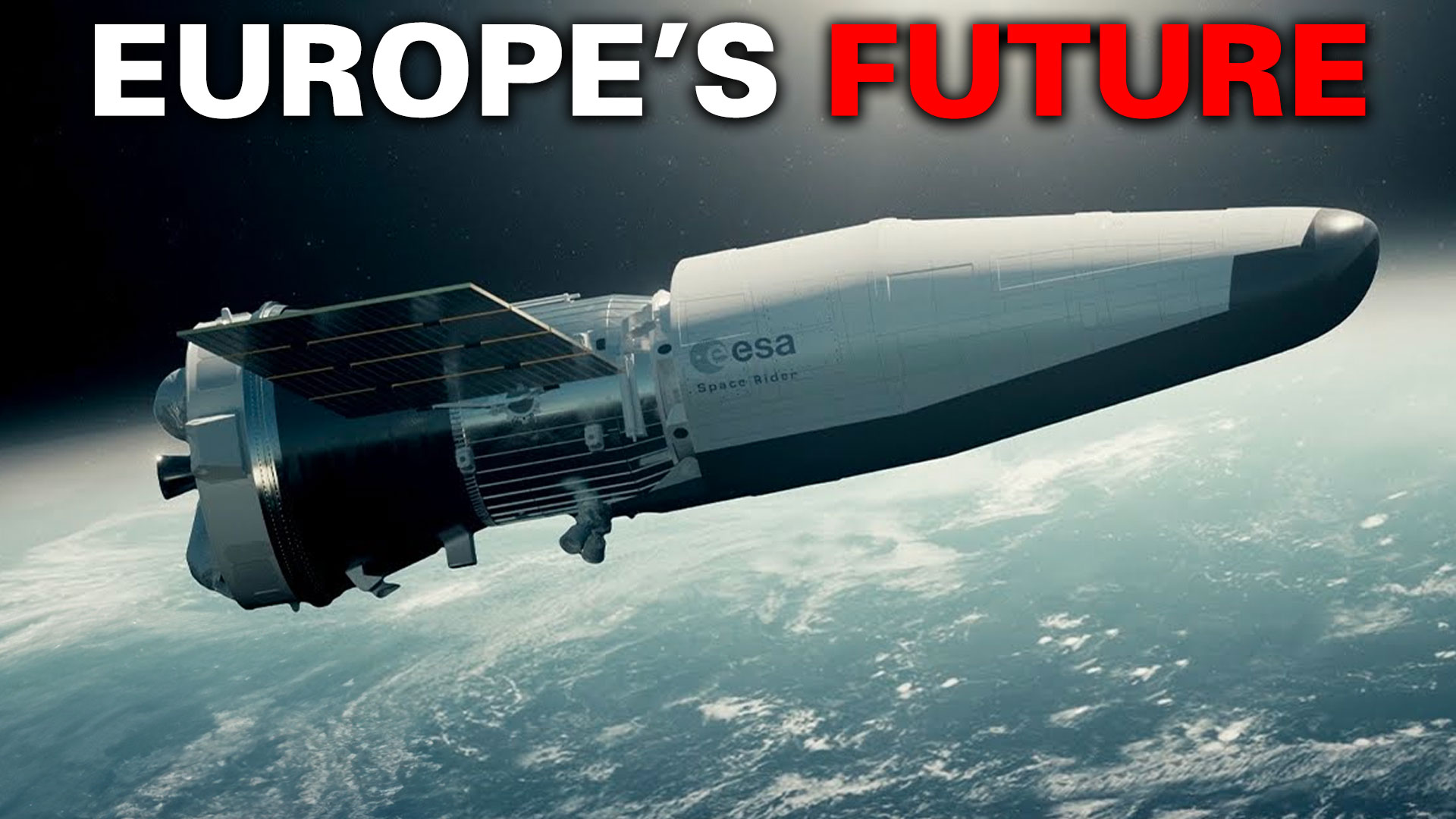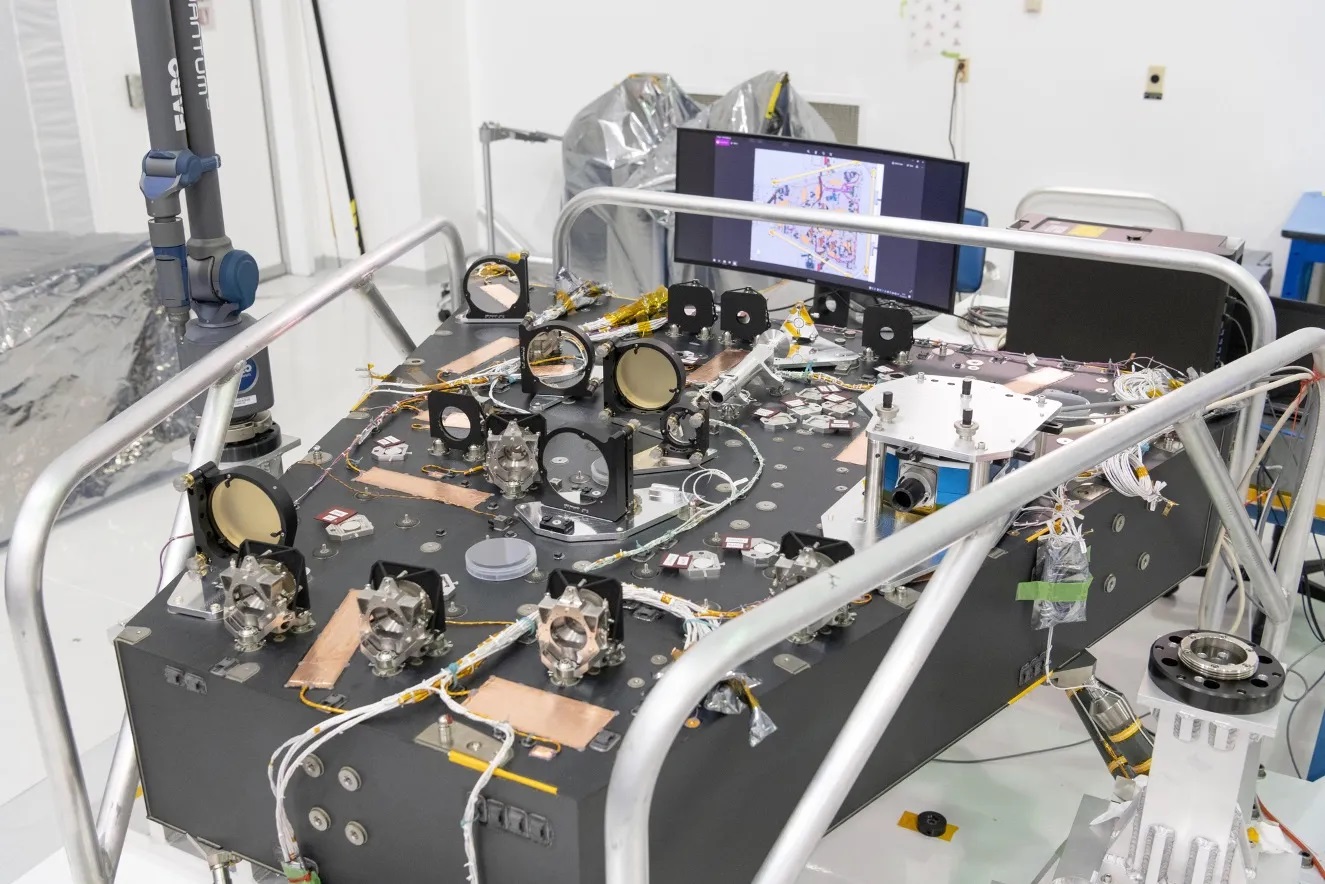On October 19th, 2017, astronomers with the Pann-STARRS survey observed an Interstellar Object (ISO) passing through our system – 1I/2017 U1 ‘Oumuamua. This was the first time an ISO was detected, confirming that such objects pass through the Solar System regularly, as astronomers predicted decades prior. Just two years later, a second object was detected, the interstellar comet 2I/Borisov. Given ‘Oumuamua’s unusual nature (still a source of controversy) and the information ISOs could reveal about distant star systems, astronomers are keen to get a closer look at future visitors.
For instance, multiple proposals have been made for interceptor spacecraft that could catch up with future ISOs, study them, and even conduct a sample return (like the ESA’s Comet Interceptor). In a new paper by a team from the Southwest Research Institute (SwRI), Alan Stern and his colleagues studied possible concepts and recommended a purpose-built robotic ISO flyby mission called the Interstellar Object Explorer (IOE). They also demonstrate how this mission could be performed on a modest budget with current spaceflight technology.
Continue reading “When an Object Like ‘Oumuamua Comes Around Again, We Could be Ready With an Interstellar Object Explorer (IOE)”
